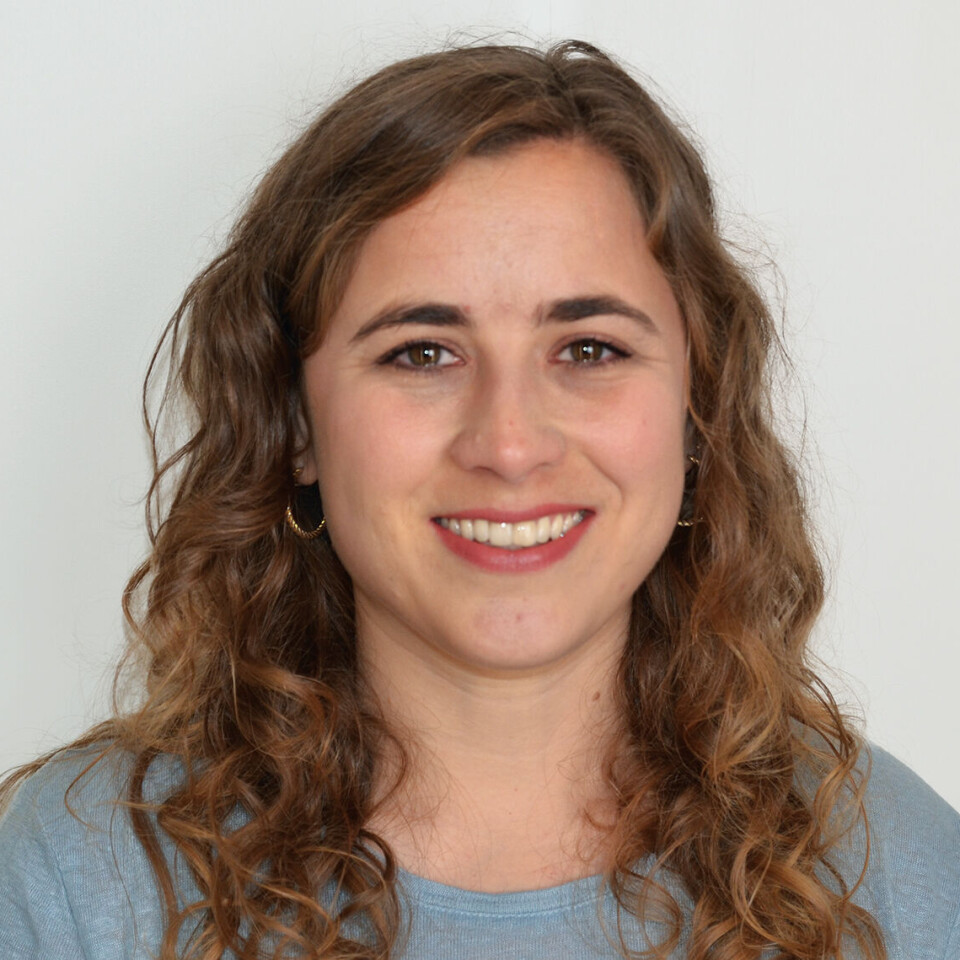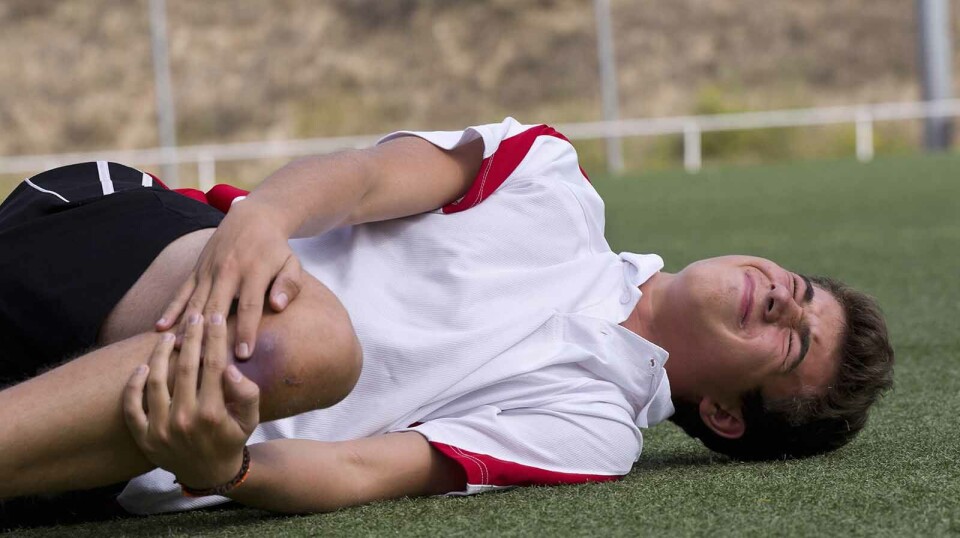THIS CONTENT IS BROUGHT TO YOU BY The Norwegian School of Sport Sciences - read more

New research on ACL injuries: Heavy training leads to better results
A treatment programme involving intense training before the patient decides on surgery or not, results in fewer knee problems ten years later, according to new research.
“Sometimes I feel that physiotherapists are a bit cautious and overly careful,” says Anouk Urhausen.
She is one of the researchers who has examined nearly 300 people with a previous anterior cruciate ligament (ACL) injury, ten years later.
Played handball and football
Participants were young active people between the ages of 13 and 60. Their average age was 26.5 years. All were involved in sports that involves twisting at least twice a week. Most played ball sports such as handball and football.
One group followed a special treatment plan called the Delaware-Oslo ACL Cohort treatment algorithm. It included heavy strength training before deciding on a treatment.
“They reported fewer symptoms, better knee function, and were more satisfied than those who received regular treatment ten years after surgery,” says Anouk Urhausen, a researcher at the Norwegian School of Sport Sciences' Department of Sports Medicine.

Surgery or not?
If you injure your ACL, you face the choice of undergoing surgery or being treated without surgery.
In this study, the researchers compared three groups: those who had surgery early, those who had surgery at a later time, and those who only underwent rehabilitation.
They looked at what the participants themselves reported, how strong their muscles were, how they jumped, whether they were still active, and if they had other knee problems.
“We saw that most who completed our treatment plan had equally strong muscle strength in both legs, still participated in sports, and rarely got knee osteoarthritis, which people with cruciate ligament injuries are especially prone to,” says Urhausen.
She adds that they also saw that participants without surgery did just as well as those who opted for early surgery. But those who had surgery later performed a little worse on some of the results than the other two groups.
Participants in the project were allowed to choose whether they wanted to go for surgery or rehabilitation in consultation with a surgeon and physiotherapist.

“They were not told what they should do, but they received good patient education and were closely followed up,” she says.
Urhausen explains that surgery was more likely to be recommended if they wanted to return to sports where twisting is common, such as handball and football, or if they had problems with instability after rehabilitation.
Those who only went through rehabilitation were older, participated in sports with less twisting, and had fewer additional meniscus injuries than those who underwent early or late surgery.
Closely followed up
But what does this treatment plan actually involve? What can you learn from it if you or someone you know needs to rehabilitate after an ACL injury?
“What's special about it is that everyone received physiotherapy shortly after they were injured and before they chose treatment. They were closely followed up and received an intense training plan over five weeks. They trained at least twice a week with heavy strength training,” says Urhausen.
She provides an example of an exercise:
“It could be six to eight repetitions of an exercise for the thigh muscles. If they managed two more repetitions on the last set, they had to add a little more weight. The goal was to train the muscle with heavy strength training,” she says.
Must be willing to put in a lot of effort
She believes that you can get a lot out of completing this training before deciding on what type of treatment you want. We know that almost half of the participants with an unstable knee improved with the programme. They had a greater chance of coping without surgery.
But the patient must be willing to put in a lot of effort.
“Of course, this is very individual and the patient must understand what the disadvantages are of choosing a treatment strategy. You have to train properly to get better and it also requires a lot of effort if you don't choose surgery. Not everyone succeeds without surgery, but everyone who wants to avoid surgery should at least get the chance to try it,” she says.
“Do you need a physiotherapist to complete the programme?”
“I believe you need to be explained how the exercises work and how hard it should be. You can eventually do the training alone, but it helps to be closely followed up by a physiotherapist to adapt exercises,” she says.
Urhausen also believes that follow-up is important for maintaining motivation to regularly carry out the training.
Rehabilitation after an ACL injury is not done in a couple of months, especially after surgery.
“It must happen over a long period of time. Individualisation is important, and there is still a lot we don't know. That's why it's important to be followed up quite a long time, nine months to a year after the injury. Motivation for strength training is important and it helps for patients to see and be told that their strength is increasing,” she says.
Reference:
Urhausen et al. Good 10-Year Outcomes Following The Treatment Algorithm Of The Delaware-Oslo ACL Cohort: Knee Osteoarthritis, Symptoms And Function, Osteoarthritis and Cartilage, vol. 31, 2023. DOI: 10.1016/j.joca.2023.01.541

This content is paid for and presented by The Norwegian School of Sport Sciences
This content is created by The Norwegian School of Sport Sciences' communication staff, who use this platform to communicate science and share results from research with the public. The Norwegian School of Sport Sciences is one of more than 80 owners of ScienceNorway.no. Read more here.
More content from The Norwegian School of Sport Sciences:
-
Football expert wants to change how people watch football at home
-
Kristine suffered permanent brain damage at 22: "Life can still be good even if you don’t fully recover"
-
Para sports: "The sports community was my absolute saving grace"
-
Cancer survivor Monica trained for five months: The results are remarkable
-
What you should know about the syndrome affecting many young athletes
-
New findings on how athletes make the best decisions




































